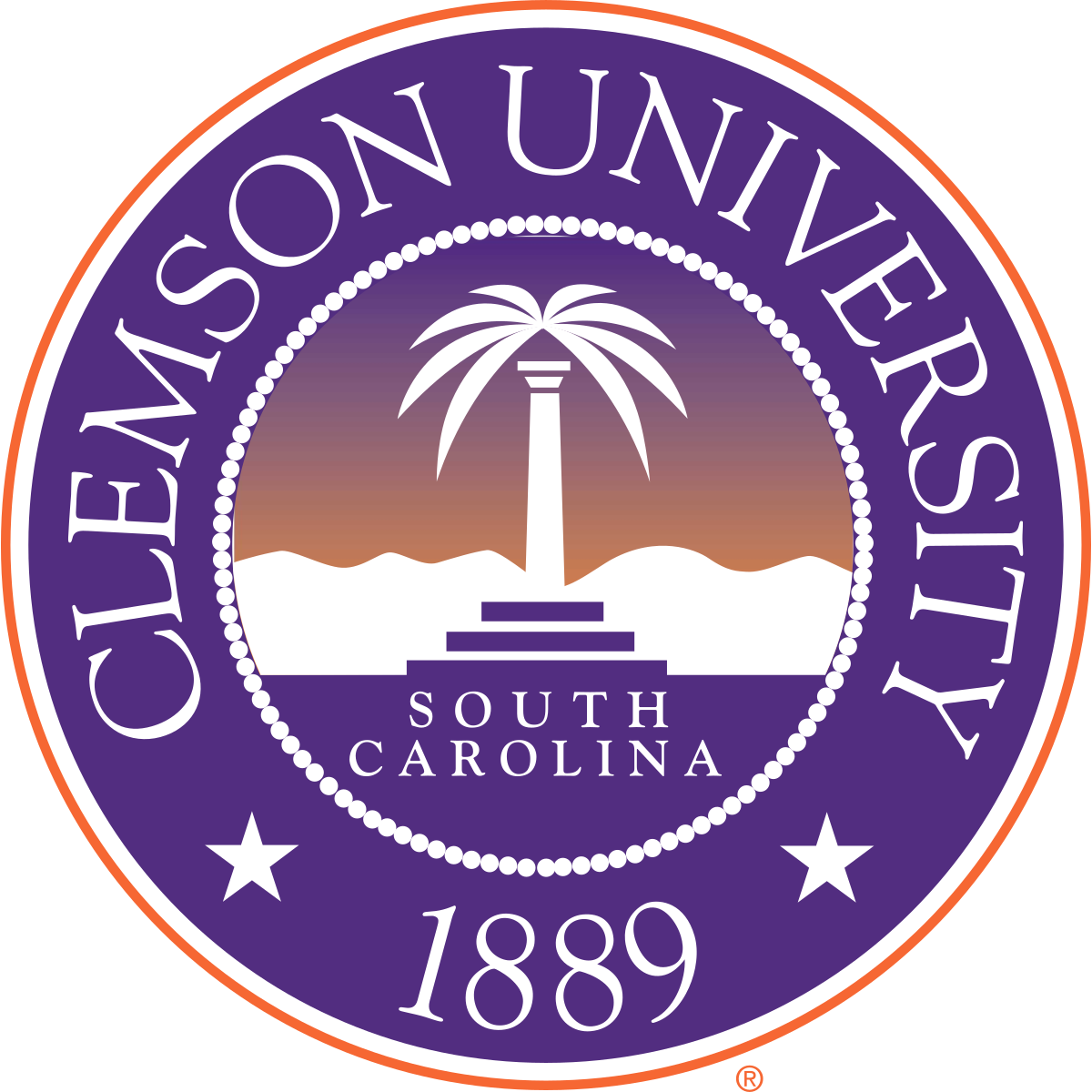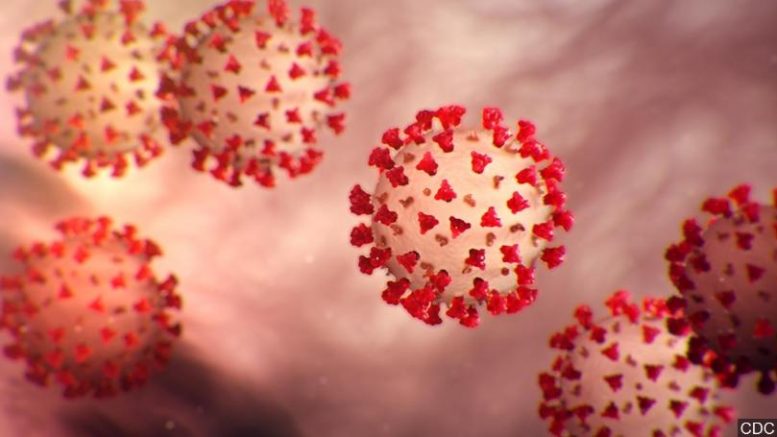 A new Clemson University lab that researchers are calling “a cutting-edge solution to help fight COVID-19” could be stocked with 13 sample-handling robots and have a staff of about 50 students fully trained as early as November.
A new Clemson University lab that researchers are calling “a cutting-edge solution to help fight COVID-19” could be stocked with 13 sample-handling robots and have a staff of about 50 students fully trained as early as November.
The COVID-19 Clinical Diagnostics Lab started off by testing the saliva of athletes and Tiger Band members and is now poised to broaden testing across campus. Once fully operational, the lab will be able to test 5,000 samples daily and return results the same day, with each test costing about $8.

A new collaborative initiative, “Engineering + Language,” is expected to provide engineering students with more opportunities to learn advanced language and culture skills.
“This is a clear example of Clemson’s leadership through the efforts of its faculty, staff and students to take on the COVID-19 challenge,” President James P. Clements said. “The lab reinforces what Coronavirus Response Coordinator Deborah Birx said when she visited campus: ‘It was apparent from the moment we arrived the outstanding efforts Clemson has done to open the university and to keep it open. It’s clear the students have taken a responsible approach to their return and the results have been encouraging.’”
The lab is overseen by Delphine Dean, the Ron and Jane Lindsay Professor of Bioengineering, with the help of Mark Blenner, the McQueen Quattlebaum Associate Professor of Chemical Engineering.
“This is a multidisciplinary, University-wide effort to create a lab that is a cutting edge solution to help fight COVID-19,” Dean said. “We’re trying to ramp up quickly but safely.”
The University received a commitment of $6.9 million through Gov. Henry McMaster and the state’s Joint Bond Review Committee to assist in the development and expansion of the lab, according to a University press release.
Angie Leidinger, Clemson’s vice president for external affairs, said the lab is an example of the ingenuity that researchers are showing in the face of a global pandemic that is unprecedented in modern times.
“This lab will foster research and innovation, not only for COVID-19 but also for other infectious diseases,” she said. “We will be well-positioned to compete for federal grants that fund cutting-edge research.”
COVID-19 Clinical Diagnostics Lab | Clemson University
Robert Donato, chief strategy officer for Clemson, said the lab underscores the unique solutions that have made the University a national leader in coronavirus response.
“Multiple stakeholders from across campus have come together to make this new lab possible,” he said. “The lab allows us to ramp up testing as part of our comprehensive effort to provide the safest possible environment for students, faculty, staff and visitors.”
The lab, which employs the PCR testing technique, is based in Jordan Hall and has room to expand in Sirrine Hall. About 20 graduate students are serving as the lab’s technicians, and about 30 undergraduates are helping with sample collection and are training in data handling and other tasks to assist the technicians.
“They are getting amazing training right now in clinical lab sciences that otherwise would not be available to them at Clemson,” Blenner said. “We’re really excited about the fact that the lab gets to be this really wonderful educational tool as well as being able to serve our local community and the University.”
The lab is certified through the Clinical Laboratory Improvements Act.
The Athletics Department has provided key support for the creation of the lab, including the purchase of equipment and providing samples for research. Over the summer, student-athletes were tested with both nasal swabs and saliva tests, helping researchers validate that their saliva tests worked.
“We appreciate the opportunity to support the research and teaching mission of the University, while helping enhance the mental and physical well being of our student-athletes through regular testing for COVID-19,” said Athletics Director Dan Radakovich. “I very much appreciate the hard work that Clemson’s faculty and students have put into helping keep our student-athletes safe. I thank them and congratulate them on the opening of the lab.”
The lab is processing samples from athletes for all fall and spring sports, except for game day tests. A third party chosen by the ACC conducts those tests.
Cynthia Young, dean of the College of Science, said that several faculty in biological sciences and in genetics and biochemistry have been involved in COVID testing, and that these faculty connected her with Dean. Young then invited Dean and Blenner to tour Jordan Hall, where it became immediately apparent that the space would work.
“Our College of Science Outreach Center has two DNA labs that typically have 15,000-plus K-12 students and teachers discovering science throughout the year,” Young said. “We were able to redeploy these two labs – one for virtual science labs and clubs to support K-12 teachers, parents and students; and the other for the COVID-19 Clincial Diagnostics Lab. We are thrilled that the lab in Jordan will enable expanded saliva-based testing capacity for our Clemson family and our state.”
Corey Kalbaugh, an assistant professor of public health sciences, is among the collaborators on the project.
“This lab is providing new opportunities for research, education and teaching,” he said. “This ‘all-in’ approach is enabling our team to come up with the best possible outcome not only for faculty and students but for the broader community.”
On a recent morning, six graduate students tested Tiger Band members’ saliva with the help of a sample-handling robot that can work more quickly and is less prone to errors than human hands.
Tubes containing the samples sat in a rack on the bottom of a glass case. A device inside the case took the saliva out of each tube and placed it in four separate wells, two to check for COVID-19 and two serving as controls.
Wells are arranged in rows on plates that go into a PCR machine where the samples are heated up and cooled down multiple times. The process turns RNA into DNA and copies it repeatedly.
Results come out on a nearby computer screen. A sharp upward curve on a test primer means the sample is positive for COVID-19.
“Even if you have a tiny amount of virus, we can detect it,” Dean said.
Among the students training in the lab was Austin Smothers, who is pursuing his master’s degree in bioengineering. The job is giving him valuable lab experience, he said.
“I didn’t consider anything like this while I was doing my research,” Smothers said. “But now that I’ve been in here and I’ve experienced it, I feel like this is something I could do in the long run. I think after we get a certain amount of time in here with some certification, we can be supervisors.”
The lab tested about 1,000 samples in its first seven days of operation. Accuracy so far is 100%, Dean and Blenner said.
Starting with a relatively small population and two borrowed sample-handing robots is giving students an opportunity to train before ramping up. When the lab is fully operational, it will have capacity to process all on-campus screening tests and to offer to help with testing in the surrounding community, Dean and Blenner said.
Even as the lab tests at greater scale, Dean and Blenner expect to be able to continue to return results on the same day. A quick turnaround can help give students peace of mind if they think they might have COVID-19, and it allows for a quick start for contact tracing if needed, Dean said.
Dean said the simplicity of the Clemson tests help keep the costs down.
Students scan a QR code on the tube, take off a cap, spit in the tube, replace the cap and put it in a rack. There’s no need for a trained professional to take the sample, which reduces the need for personal protective equipment.
Dean and a student pick up the rack and deliver it to the lab, following hand-off protocols. The cost savings continue at the lab because saliva samples require fewer steps to extract RNA from the virus than nasal swabs, Dean said.
Students receive an email when their test results are available and can check them online. Dean uploads each day’s results to the state Department of Health and Environmental Control, which includes them in the statewide total.
The lab has also presented research opportunities for faculty and students, Dean said.
“I’ve had a lot of people call to ask about adding the lab and protocols onto research proposals so they can validate some of the tests they are running on the research side,” she said. “Before the lab, we didn’t have that capacity at Clemson.”
The lab’s procedures are aimed at protecting students’ privacy. As part of undergraduate training, students are learning about federal health information privacy rules. Once the tubes arrive in the lab, they have no identifying information apparent to those working in the lab.
Anand Gramopadhye, dean of the College of Engineering, Computing and Applied Sciences, said the lab is helping keep the community safe and providing valuable experience for students.
“This is an example of the innovative ways that the college’s faculty and students are working across disciplines and departments to respond to COVID-19,” he said. “I thank Delphine and Mark for their hard work and dedication to combatting the virus and providing new learning and research opportunities. Their efforts will help us come out of COVID-19 stronger.”





Be the first to comment on "Clemson University researchers create cutting-edge solutions to COVID-19"